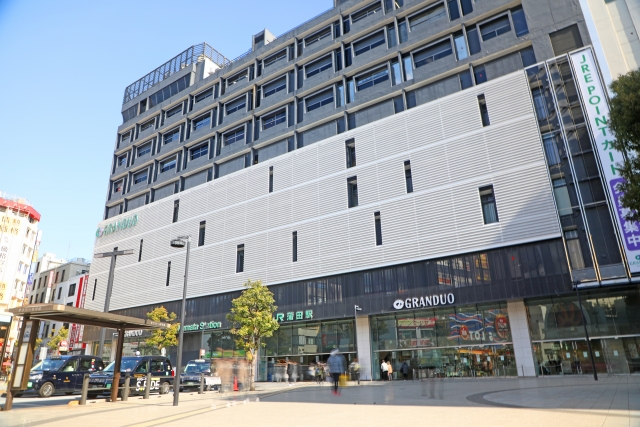In Japan, train culture has flourished, especially in major cities where train travel is almost ubiquitous, while car travel remains dominant in rural areas. Even in regional cities, train culture is on the rise, with many areas boasting thriving train cultures, evident in the presence of bustling “station buildings” or buildings directly connected to train stations or located nearby.
Not all stations have “station buildings,” but larger stations typically do. Examples include well-known hubs like Shinjuku and Shibuya stations, as well as lesser-known ones like Kamata, Ueno, Omiya in Saitama, and Urawa stations, among many others.
Station buildings in Japan are akin to department stores, housing various shops such as eateries, cafes, clothing stores, souvenir shops, bookstores, and general merchandise stores.
Especially noteworthy are the dining options, with many offering delicious fare. On Saturdays and Sundays, when work is often off in Japan, queues for these eateries are common during lunch hours.
While the dining options tend to be slightly upscale, with prices ranging from around ¥1,500 to ¥3,000 per person, most establishments operate from around 11:30 AM for lunch until 9 or 10 PM for dinner.
These eateries are frequented by Japanese people on their days off, often willing to queue for a meal, so experiencing dining in station buildings is highly recommended. Additionally, station buildings offer a variety of other shops and amenities, including restrooms (which are typically free to use in Japan), making them ideal for a brief respite during your travels.
So, be sure to enjoy a meal in a station building during your visit to Japan, and feel free to use them for a quick break, as they offer much more than just dining options!

